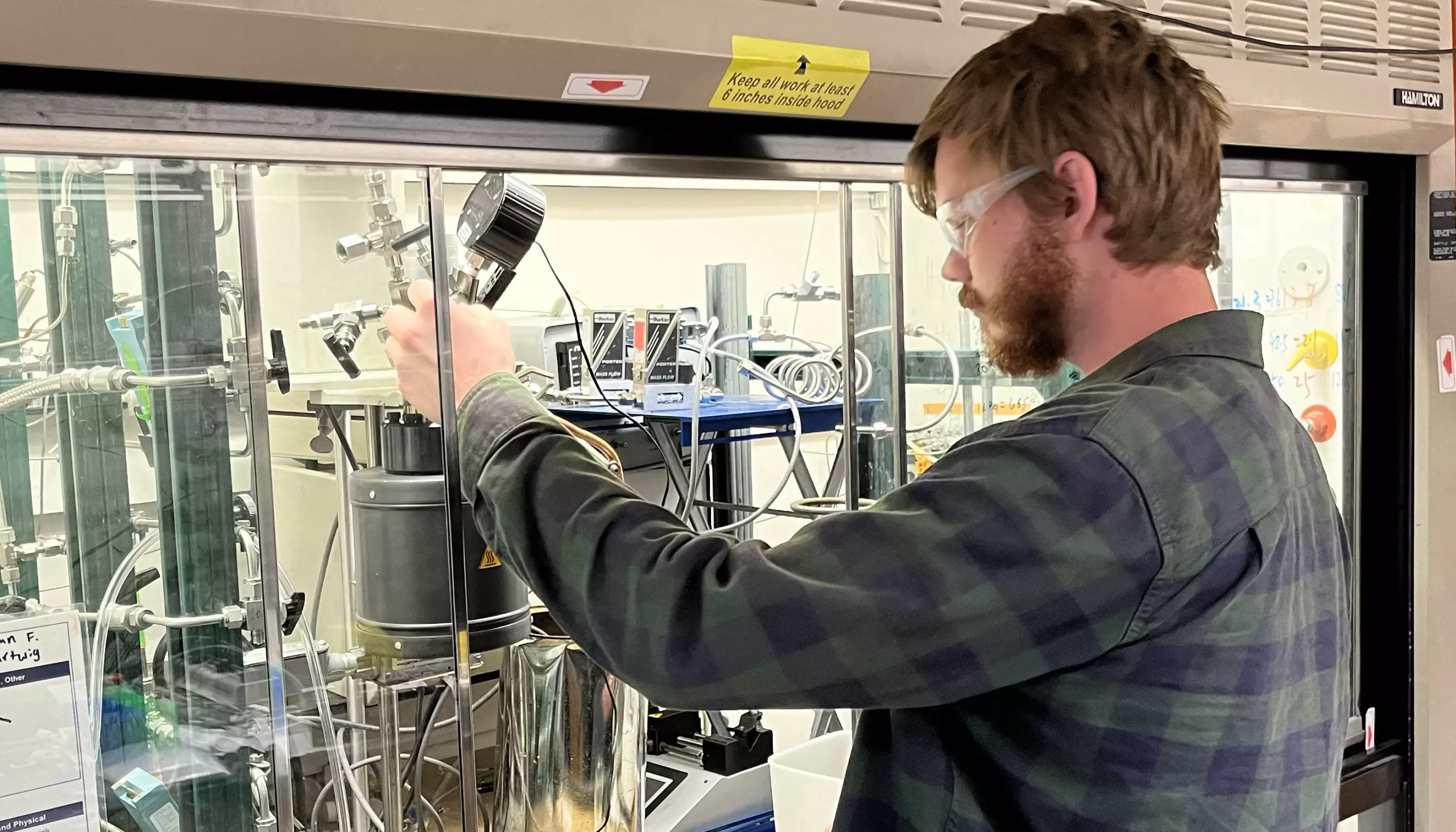In an era where plastic pollution has reached catastrophic levels, innovative recycling methods are paramount. With an estimated two-thirds of post-consumer plastic waste comprising polyethylene and polypropylene, the push for effective recycling strategies has never been more critical. Currently, much of this plastic escapes proper recycling channels, contributing to the alarming accumulation of microplastics in oceans and ecosystems worldwide. As the conversation around sustainability intensifies, researchers at the University of California, Berkeley, have developed a groundbreaking catalytic process that holds the potential to revolutionize the way we manage plastic waste.
This new catalytic innovation breaks down prevalent plastics like polyethylene, found in everyday items from grocery bags to bottles, and polypropylene, the backbone of various hard plastics. By converting these materials back into their hydrocarbon monomers, the process encourages a circular economy where plastics can be repeatedly reused rather than rejected as waste. As explained by UC Berkeley chemistry professor John Hartwig, the challenge has been to find a method that would allow for efficient breakdown while maintaining the integrity and stability of the materials.
The previously employed method utilized three tailored heavy metal catalysts, which, while effective, posed substantial challenges in terms of recovery and sustainability. The recent advancements involve transitioning to more efficient and cost-effective solid catalysts, which streamline the recycling process and support scalability. By focusing on continuous flow processes, which maintain catalyst efficacy over larger material volumes, this approach enhances the feasibility of industrial application.
The two catalyst types introduced in this new method are sodium on alumina and tungsten oxide on silica. This combination not only represents a cost-effective alternative to previous materials but also enhances efficiency significantly. The synergy between these catalysts allows for the deconstruction of the plastic chains into usable gases, specifically propylene and isobutylene, at conversion efficiencies nearing 90%. This efficiency is vital for making recycling economically viable—historically, many recycling methods yield low-value end products that fail to justify the costs involved.
Hartwig likened the polymer structures to “strings of pearls,” where cutting the string allows for easy removal of individual pearls, representing the gas products. This analogy highlights the innovative nature of the process that bypasses the inherent strengths of polyethylene and polypropylene, facilitating simpler and more effective recycling pathways.
Challenges and Considerations Going Forward
While these technological advancements are promising, they do raise pertinent questions about the future of plastics and recycling. Notably, contaminants can affect conversion efficiency, particularly when plastics such as PET and PVC interfere with the process. However, the existing methodologies in separating plastic types during recycling may mitigate these concerns, ensuring cleaner streams with better recovery rates.
Moreover, the longevity of existing polyolefins poses a dual-edged sword: while they are integral to present-day packaging and consumer products due to their affordability and desirable properties, the challenge of transitioning to more sustainable alternatives looms ahead. Scholars and environmental advocates advocate for a complete redesign of plastics, but Hartwig acknowledges the slow evolution in consumer habits and industrial production. As long as cheap, effective polyolefins dominate the market, the push for widespread adoption of circular materials will face significant hurdles.
The Road Ahead
The breakthrough in catalytic recycling from UC Berkeley aims to shift the narrative in plastic disposal and recycling. By successfully creating a process that can efficiently deconstruct the predominant plastics and recycle them into their original monomers, researchers are working towards a synthesis of environmental responsibility and economic viability. The potential for commercial applicability opens new avenues for addressing the global waste crisis and fulfilling sustainability goals.
While challenges remain—from tackling contamination to redefining consumer habits—this innovation lays the foundation for more sustainable plastic management and highlights the importance of research in solving pressing environmental issues. As research continues and these methods are refined, a new vision for the future of plastics is becoming increasingly tangible. The ultimate aim is a world where plastic pollution is significantly reduced, paving the way for a cleaner, more sustainable planet for future generations.


Leave a Reply